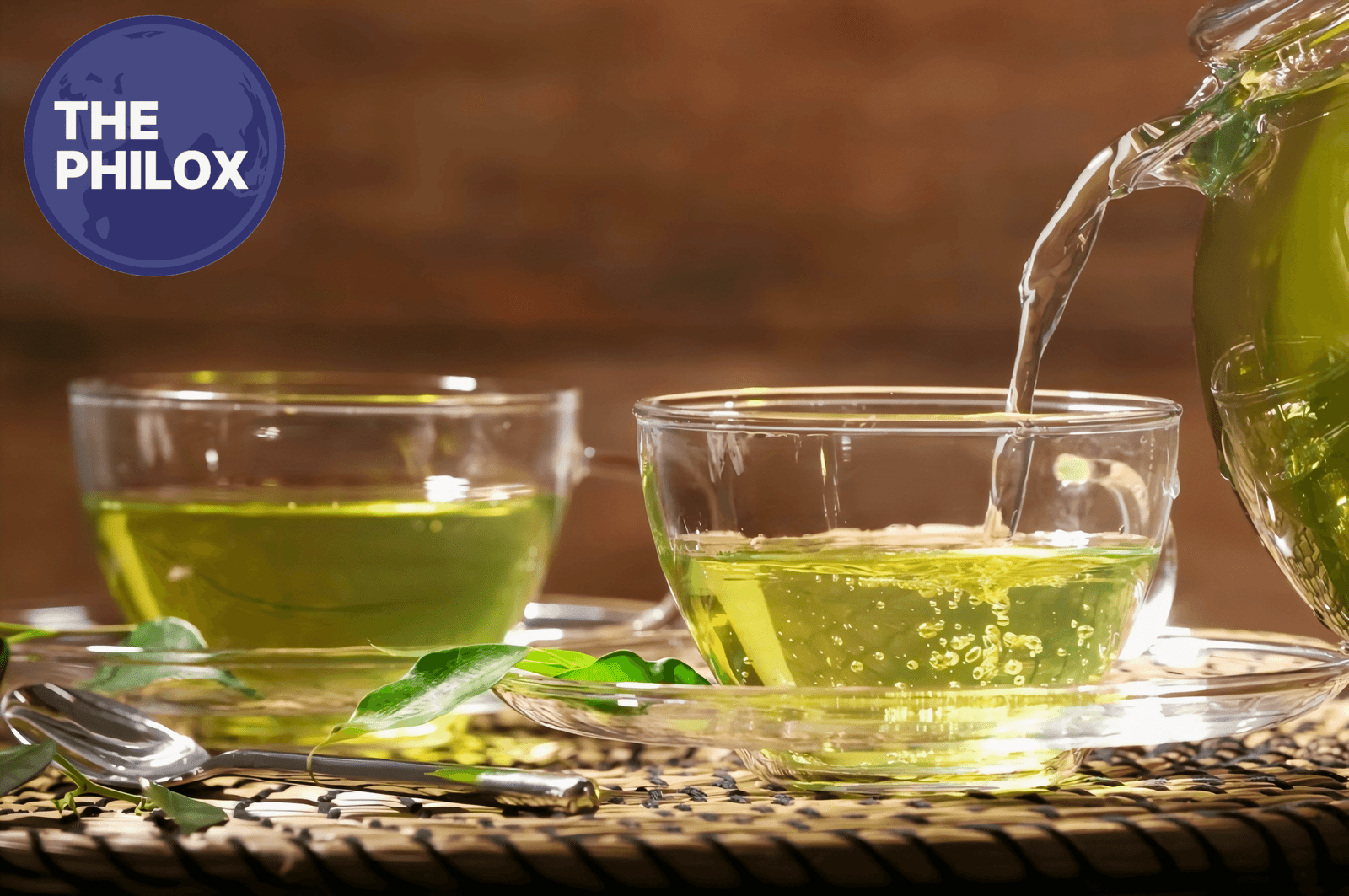Green tea, derived from the Camellia sinensis plant, is an ancient beverage celebrated for its numerous health benefits and rich cultural history. Unlike black and oolong tea, green tea undergoes minimal oxidation, preserving its high antioxidant content. Originating in China, green tea has spread worldwide, influencing traditional ceremonies and modern health trends. Popular varieties like Sencha, Matcha, and Gyokuro offer distinct flavors. This article explores the cultivation of Camellia sinensis, its processing methods, and the growing global demand for green tea. Additionally, it discusses green tea’s role in weight loss, heart health, and overall well-being.
Tag: Green tea weight loss
Tea Bags and Heart Blockage? Your Green Tea Is More ‘Plastic’ Than ‘Peaceful’
Green tea is highly admired for its health benefits, but recently there have been serious issues that have been highlighted with regards to the composition of materials used in tea bags. Most tea bags are composed of synthetic fibers, plastic coatings, glue, and bleach, through which dangerous chemicals such as microplastics, BPA, and dioxins seep into the tea. These chemicals raise grave health concerns, among which heart disease, cancer, hormonal imbalances, and gastrointestinal problems are very significant. Studies support these concerns, but the danger of plastic and chemical exposure cannot be dismissed. Alternatives like loose-leaf tea, biodegradable tea bags, and reusable options offer much safer, healthier alternatives through which consumers can enjoy their tea without having to sacrifice well-being.

